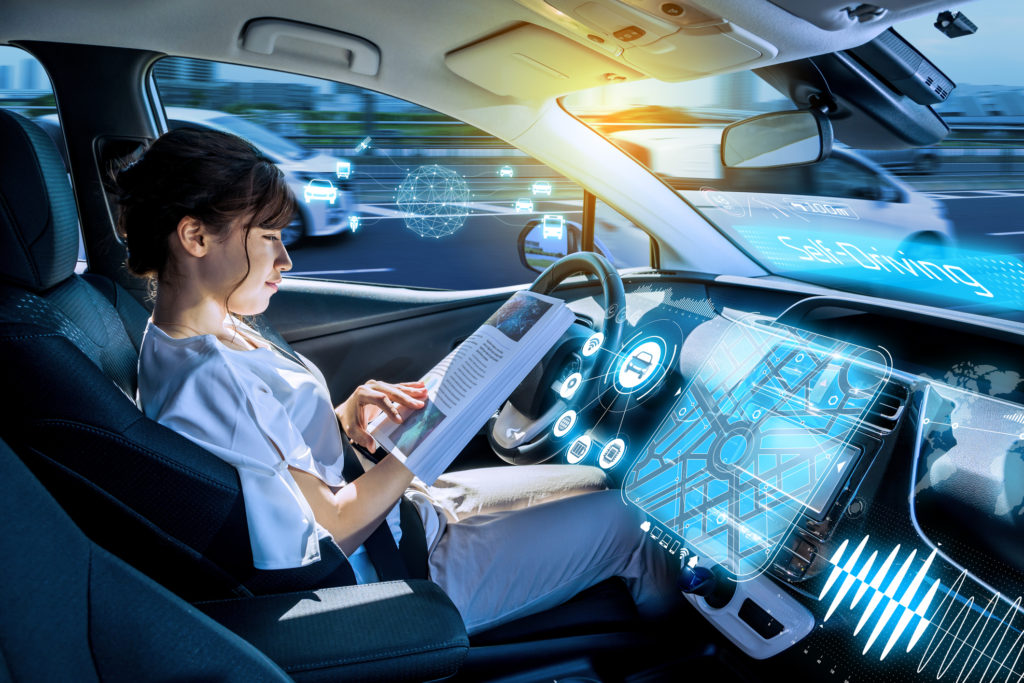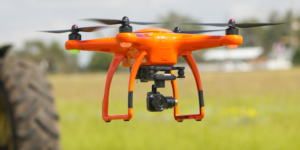Autonomous vehicles (AVs), also known as self-driving cars or driverless cars, are vehicles capable of sensing their environment and navigating without human input. This transformative technology aims to enhance road safety, improve transportation efficiency, and redefine the future of mobility by leveraging advanced sensors, artificial intelligence (AI), and connectivity technologies.
Levels of Autonomous Driving
Autonomous vehicles are categorized into levels based on their degree of automation:
- Level 0: No automation, where the driver controls all aspects of driving.
- Level 1: Driver assistance, with specific functions such as adaptive cruise control or lane-keeping assist.
- Level 2: Partial automation, where the vehicle can control both steering and acceleration/deceleration simultaneously, but the driver must remain engaged and monitor the environment.
- Level 3: Conditional automation, where the vehicle can manage most driving tasks under certain conditions, and the driver can disengage from driving activities but must be available to take over when requested by the system.
- Level 4: High automation, where the vehicle can perform all driving functions under specific conditions or within a specific geographic area (e.g., city centers) without human intervention.
- Level 5: Full automation, where the vehicle can perform all driving tasks under all conditions and environments without any human input or oversight.
Technologies Enabling Autonomous Vehicles
Autonomous vehicles rely on several key technologies to operate safely and efficiently:
- Sensors: Including cameras, radar, lidar (light detection and ranging), and ultrasonic sensors to perceive and detect objects, pedestrians, and obstacles in the vehicle’s vicinity.
- Artificial Intelligence (AI): Algorithms and machine learning models that process sensor data, make real-time decisions, and navigate routes based on environmental conditions and traffic patterns.
- Connectivity: Vehicle-to-Everything (V2X) communication technologies that enable vehicles to communicate with each other (V2V), infrastructure (V2I), pedestrians (V2P), and the cloud (V2C) to improve safety and traffic management.
Benefits of Autonomous Vehicles
Autonomous vehicles offer numerous potential benefits:
- Improved Safety: Reduction in human error-related accidents, which account for the majority of traffic accidents, through advanced sensing and decision-making capabilities.
- Enhanced Mobility: Increased accessibility for elderly individuals, disabled persons, and those unable to drive, improving overall transportation equity.
- Efficiency and Traffic Management: Optimized traffic flow, reduced congestion, and enhanced fuel efficiency through coordinated vehicle communication and route optimization.
- Productivity: Opportunity for passengers to use travel time more effectively for work, leisure, or relaxation, transforming the commuting experience.
Challenges and Considerations
Despite its promise, autonomous vehicles face several challenges:
- Technological Limitations: Addressing reliability issues, sensor accuracy in varying weather conditions, and ensuring robust cybersecurity measures to protect against potential cyber threats.
- Regulatory and Legal Frameworks: Establishing clear regulations and standards governing autonomous vehicle testing, operation, liability, and insurance requirements.
- Public Acceptance: Building trust and acceptance among consumers and communities regarding safety, privacy concerns, and ethical considerations related to autonomous driving decisions.
- Infrastructure Readiness: Upgrading and adapting existing infrastructure to support autonomous vehicle operations, including road signage, communication networks, and charging stations for electric AVs.
Future Trends in Autonomous Vehicles
Future developments in autonomous vehicles are expected to focus on:
- Advanced AI and Machine Learning: Continuously improving AI algorithms for better decision-making, object recognition, and adaptation to complex driving scenarios.
- Multi-modal Integration: Integrating autonomous technologies with public transportation systems (e.g., autonomous shuttles), ride-sharing platforms, and last-mile delivery services.
- Electric and Sustainable Mobility: Increasing adoption of electric autonomous vehicles to reduce carbon emissions and promote sustainable urban mobility.
- Regulatory Evolution: Evolving regulatory frameworks and international standards to facilitate global deployment and interoperability of autonomous vehicles.
Conclusion
In conclusion, autonomous vehicles represent a revolutionary paradigm shift in transportation, offering potential benefits in safety, mobility, efficiency, and accessibility. As technology continues to advance and regulatory frameworks evolve, addressing challenges and embracing emerging trends will be essential in realizing the full potential of autonomous vehicles to transform urban mobility and shape the future of transportation worldwide.
Top of Form
Bottom of Form





+ There are no comments
Add yours